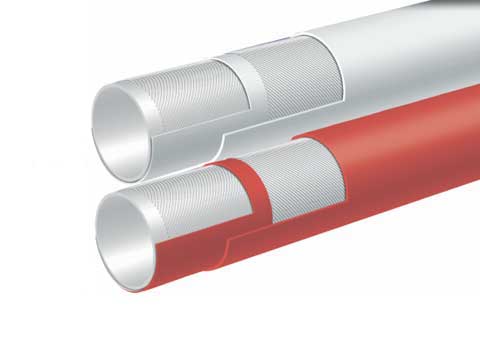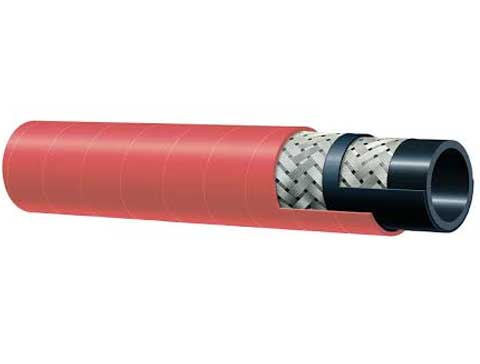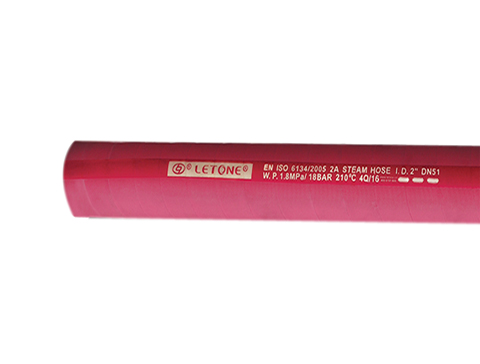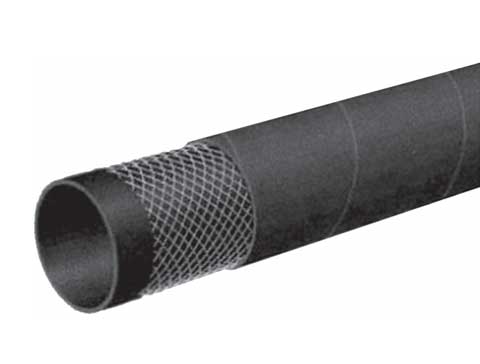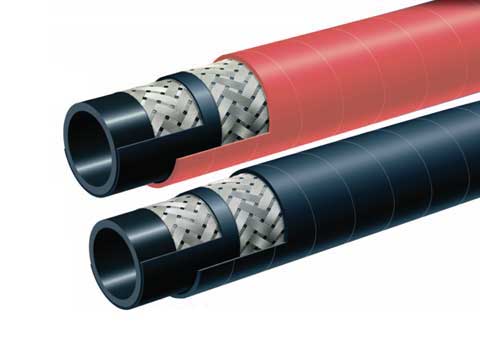Concrete hoses require proper maintenance to prolong their lifespan. This involves frequent inspections, proper storage, and routine cleaning. These methods will save you money over time.
Whether you're using a line pump or boom pump, you'll need a hose support that prevents twisting and rubbing during operation. The Pumper Caddy is the ideal solution for this task.
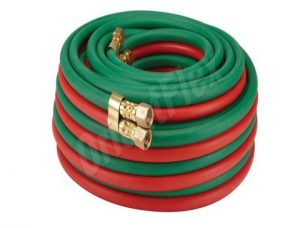
Concrete hoses: advantages and disadvantages
Concrete hoses play a crucial role in the construction process. They are used to transport concrete from the mixer truck to the site of placement. They are susceptible to damage and wear which can lead expensive repairs and replacements. To reduce these costs, it's important to take steps to ensure that your concrete hoses last as long as possible.
A concrete hose pulling tool can save you money and prevent back injuries. It reduces the amount of effort required to move the hose. These units can also be used to pour in tight spaces. They can be used with a line-pump for the best work flow.
Concrete pipes are a good choice for applications that require buoyancy control. This is particularly beneficial for underground drainage and culverts in flood-prone areas. Their inherent weight can be a problem for transportation and installation. Specialized equipment is required to lift and move them.
A twin-cylinder hydraulic pump for concrete is a cost-effective and efficient method of pumping concrete. The first cylinder, called the material cylinder, draws the concrete from the hopper into a second cylinder, which pumps it to the place of placement. This allows for a good level of quality control, as it will not pump concrete that is too harsh, uncohesive, or improperly mixed.
method for extending the service life of concrete hoses
The service life of concrete hoses can be extended by frequent inspection, correct usage, and proper maintenance. These measures can reduce the risk of injury to workers, in addition to preventing cracks and leaks. Frequent inspections can assist in identifying problems and making repairs quickly, which can save both time and money.
Concrete pumpers need to be aware that there are many different types of hoses. Each has its own purpose. Double-ended concrete delivery tubes can cause serious injury when used as end hoses. The ACPA has recently released a safety bulletin on the proper use of these hoses.
The most basic concrete pump is the line pump. It is mounted on a trailer, which a separate truck pulls to the site. These pumps are suitable for small volume concrete placing applications such as swimming pools, sidewalks, and single family home concrete slabs. They require the use of steel or flexible concrete placement hoses that are manually attached to the outlet of the pump and fed to the job site. These hoses may be as long as 50 feet. These hoses are usually very lightweight and can be easily handled by workers. They are also easy to reposition and can be stored away after the job is done.
steel wire layer fault of concrete hose
A concrete hose has an outer layer of steel wires that help reduce vibration during pumping. However, these wires can sometimes break down. If this happens, the hose will vibrate violently and may damage itself or cause injuries to workers. To avoid this, the steel wires must be properly positioned and protected.
A faulty steel wire layer can lead to a condition called "hose whip". The flexible end of the boom pump's delivery tube snaps backwards, causing concrete to be thrown against a wall. This can result in serious injury or even death. To minimise the risk of hose whip, it is important to ensure that the hopper of the boom pump is empty and that only concrete suitable for pumping is being used. Also, the boom pump should only be operated by a qualified person who is familiar with the equipment.
The safest way to operate a concrete placement boom is to prepare and implement a comprehensive Safe Work Method Statement (SWMS). The SWMS should include clear procedures for the collection, assessment, monitoring and review of the risks associated with high risk construction work. It should also include arrangements for the training and supervision of plant operators. The SWMS should also include procedures to ensure that the delivery hose attached to the boom isn't used as a lifting tool.

